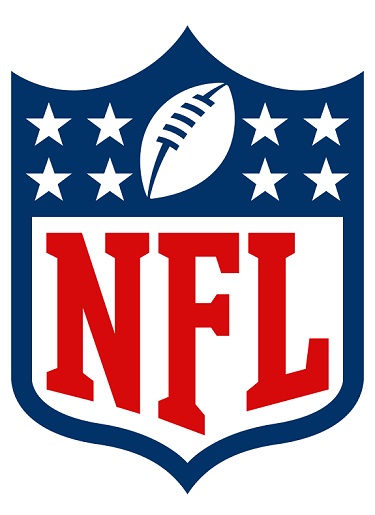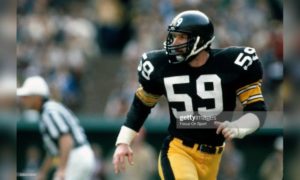Do you remember roughly around this time last year when I wrote about the beginning of a series of NFLPA-partnered research programs that were set to be prepared for trial? No, you probably don’t. The news story didn’t seem to attract a lot of attention, let alone discussion.
But a bit less than a year since the studies were first announced, recent developments have been reported on one study, which sought to research new, non-invasive manners of treating anterior cruciate ligament injuries, which is of course a fairly common injury in the NFL. Former Pittsburgh Steelers tackle Kelvin Beachum is currently in the rehabilitative stages of recovering from an ACL tear that he suffered during the regular season.
This study is being conducted by Dr. Martha Murray out of the Boston Children’s Hospital’s division of sports medicine, and is studying an innovative new technique called bridge-enhanced ACL repair—or BEAR, for short.
As explained by Cory Peak, a doctoral student at Harvard University—the institution with which the NFLPA has partnered—and also the first patient to actually undergo the BEAR method:
“Unlike other ligaments, when the ACL tears, its ends don’t reconnect because the synovial fluid that surrounds the ACL inhibits healing. So the conventional way to manage an ACL tear is to remove the torn ends of the ACL and construct a new ACL from a tendon graft. This is why ACL surgery is referred to as ACL reconstruction.”
The BEAR method, in layman’s terms, is a surgery in which a bridge or scaffold is inserted that holds together the two torn ends of the ligament, which allows it to naturally initiate self-repair without the necessity of grafting a tendon from another part of the body to reconstruct the ligament.
Among the potential benefits of this procedure is a reduction in the risk of osteoarthritis, a symptom that regularly affects patients who have undergone ACL reconstruction. This is something that has been rampantly reported among retired NFL players who have suffered torn ACLs and are experiencing post-career health issues.
Peak is just one of 10 members of Murray’s clinical trial, which is currently in phase one, and according to Harvard University Football Players Health Study website, all 10 clinical patients have shown new tissue growth after undergoing the BEAR technique.
Three months after the surgery, Peak went in for a post-operative MRI to determine whether or not the ACL had indeed begun initiating self-repair, which is something that researchers did find in studying animals in earlier clinical trials. The MRI indeed revealed that he, and each successive patient in the clinical trial, demonstrated self-repair of their torn ligament.
Peak underwent the surgery in late February of 2015, and writes that he is “optimistic” he will make a “full recovery on a similar schedule while recovering from ACL reconstruction”. Such a claim may realize a few eyebrows given the recovery times that we have seen in the NFL, but one must remember that these patients are not world-class athletes. This research is very encouraging not just for the future of sports medicine, but globally.








